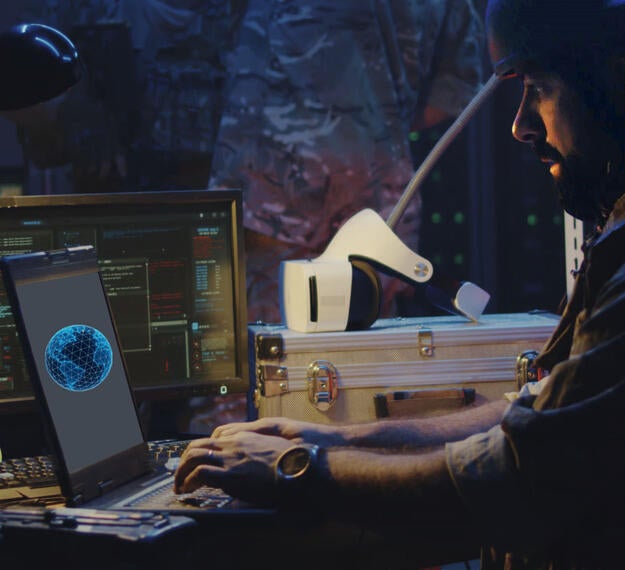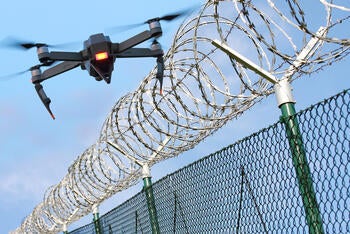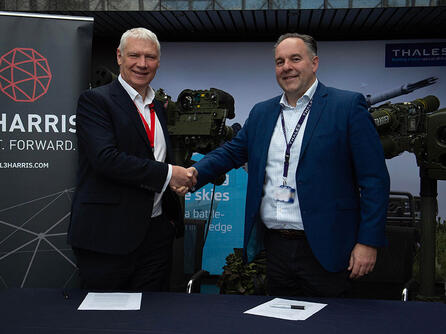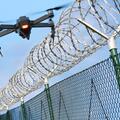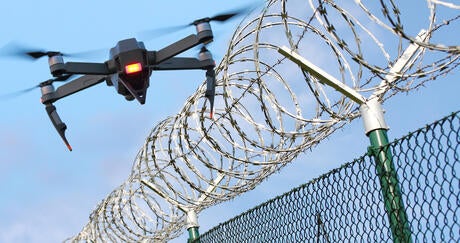Deriving Certainty from Complexity
In an increasingly congested battlespace, the need to understand, extract and exploit information has never been more important. With multiple sensors dispersed across multiple domains for different purposes, it can be difficult to ever achieve a consolidated view of this complex picture.
L3Harris' multi-domain situational awareness systems vastly simplify the aggregation and integration of multiple data sources across domains. By creating a common, coherent operating picture, complexity is removed, uncertainty reduced and operators are given the confidence to take action in real time.
